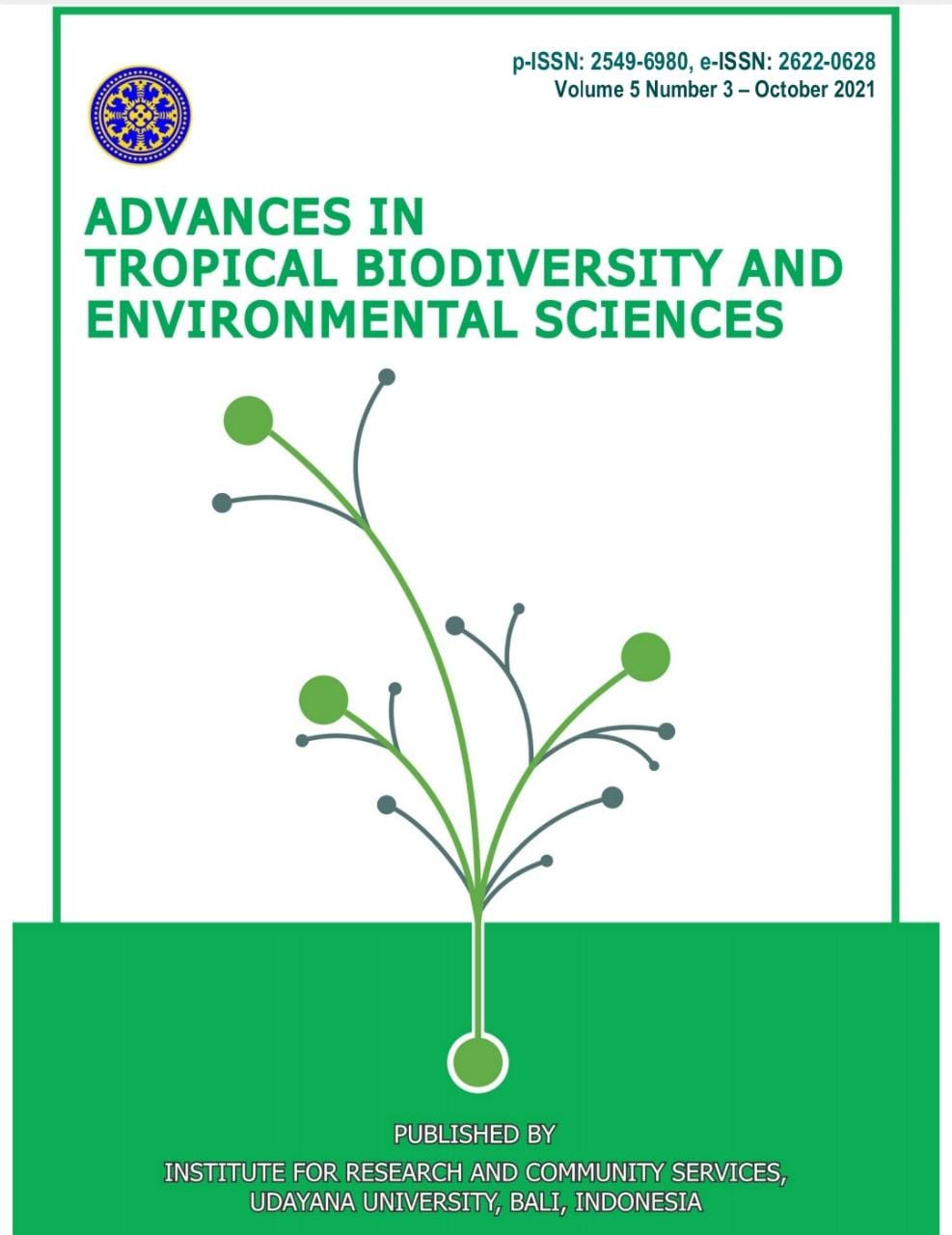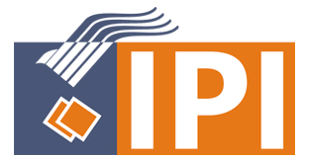Development Strategy to Improve Class Classification In Nusantara Fishery Port Pengambengan, Bali Province
Abstract
In the framework of improving governance, functional dimensions, and performance of the fishing port, the Nusantara Fishery Port in Jembrana Bali compiles a "strategic plan" to improve the class classification of the Nusantara Fishing Port Pengambengan to become a class A Ocean Fishing Port, a number of management facility criteria are required as the main prerequisites. The purpose of this study was to determine the condition of the facilities at Nusantara Fishing Port Pengambengan and to determine the strategy for developing a fishing port at Nusantara Fishing Port Pengambengan. This research method uses descriptive qualitative and quantitative methods. Data collection techniques through direct observation and interviews using a questionnaire regarding the condition of the facilities at Nusantara Fishing Port Pengambengan, then data analysis using a SWOT analysis approach. Nusantara Pengambengan Fishery Port is a class B port that functions as a support for the management and utilization of fish resources and the environment, starting from pre-production, production, processing and marketing of fishery products. In supporting fishery activities, Nusantara Fishing Port Pengambengan is currently supported by various facilities, namely basic facilities, functional facilities, and supporting facilities. The results showed that there were several facilities in poor conditions, namely basic pier facilities, anchoring ponds, complex roads, and drainage, from supporting facilities, namely public toilets and guest houses. Several facilities are not available in the Nusantara Fishing Port Pengambengan construction, namely ship docks, net repair wards/places, laboratories, WWTPs, watchtowers, and perimeter fences. The strategies obtained from the results of this study include: (1) Improving the quality of the catch to provide a positive image for potential investors. (2) Improve administrative services to provide fishermen comfort when carrying out fishing operations. (3) Support is needed, especially the role of the government related to management and development.
Downloads
References
[2] Deni, S. 2015. Characteristics of Fish Quality During Handling on Ships KM. skipjack. UMMU-Temate Agricultural Scientific Journal. 8(2) : 72-80.
[3] Ministry of Marine Affairs and Fisheries, 2009 Article: Targets of the Ministry of Maritime Affairs and Fisheries 2014. 1 p. http:// www.dkp.go.id/Ministry of Marine Affairs and Fisheries of the Republic of Indonesia. htm. Accessed: February 12, 2009.
[4] Diniah., Sobari, MP, Seftian, D. 2012. Archipelago Fishery Port Services (PPN) for Fishing Operations Needs. Journal of Marine and Fisheries Socio-Economic Policy. 2(1):41-49.
[5] [DJPT] Directorate General of Capture Fisheries. 2009. Capture Fisheries Build the Nation. Performance 2008 and Outlook 2009. Jakarta. Ministry of Marine Affairs and Fisheries. 106 pp.
[6] Febrianto R, K., Mudzakir A K., and Rosyid A. 2015. Capacity Building for Functional Facilities Through the Minapolitan Program at the Nusantara Fisheries Port (PPN) Pekalongan, Central Java. Journal of Social Policy KP. 5 (2) : 89-100.
[7] Imelda., Kusrini, N., Hidayat, R. 2019. Strategy for Sustainable Capture Fisheries Management in the Coastal Area of Kubu Raya Regency. Journal of Marine Fisheries. 10(1) : 59-69.
[8] Jaya, I., Kurnia, M., Firman. 2017. Conditions and Analysis of Possible Development of Ternate Archipelago Fishery Port Facilities (PPN). PSP Science and Technology Journal. 4(7) : 49-60.
[9] Ministry of Marine Affairs and Fisheries, 2012, Decree of the Minister of Marine Affairs and Fisheries of the Republic of Indonesia No. /Men/2012 concerning General Guidelines for Institutional Growth and Development of Fisheries Main Actors, Ministry of Maritime Affairs and Fisheries, Jakarta.
[10] Lubis E. 2011. A study of the strategic role of marine fishing ports on marine fisheries development. Aquatic Journal of Aquatic Resources. 5(2):1-7.
[11] Lubis E. 2012. Fisheries Port Book. Bogor (ID): IPB Press.
[12] Minister of Maritime Affairs and Fisheries. 2012. Regulation of the Minister of Marine Affairs and Fisheries NUMBER PER. 08/MEN/2012 concerning Fishing Ports. Jakarta (ID): Ministry of Marine Affairs and Fisheries.
[13] Moleong, LJ 2011. Qualitative Research Methodology Revised Edition. Bandung: PT Pemuda Rosdakarya.
[14] Mukhtar. 2013. Qualitative Descriptive Research Methods. Jakarta : GP Press Group
[15] Noviyanti, R. 2011. Conditions of capture fisheries in Indonesian fisheries management areas (WPP). Open University, Jakarta. accessed on 7 June 2013.
[16] Government of Jembrana Regency, 2015. Profile of the Department of Marine Affairs, Fisheries and Forestry 2014. Jembrana. 97-102 pp.
[17] Minister of Marine Affairs and Fisheries Regulation Number 71/Permen-KP/2016 concerning Fishing Paths and Placement of Fishing Equipment and Fishing Aids in the Fisheries Management Area of the Republic of Indonesia, Recommendation from the Ombudsman of the Republic of Indonesia, (June 2015) Director General of PSDKP Letter No. 14319/DJPSDKP/IX/2015
[18] Priyambodo. 2012. Port Development in Pasuruan City. Journal of Marine Transportation Research. 14(1) : 77-89.
[19] Rahmawati, W., Suryono, A., Siswidiyanto. 2014. Development of Fishery Ports in the Plan for Absorption of Coastal Communities (Study at the Brondong Archipelago Fishery Port Office, Lamongan Regency). Journal of Public Administration (JAP). 2(2) : 367-373
[20] Rahmayanti, A, Z. 2018. The Role of Government and Private in Provision of Capture Fisheries Infrastructure: Bitung Case Study. Journal of Economics and development. 26(2) : 131-141.
[21] Rangkuti, F. 2017. SWOT Analysis of Business Case Dissecting Techniques. Jakarta: Gramedia Pustaka Utama.
[22] Rares, W, N. 2013. Responsibilities of investors in Investment in Indonesia. Scientific Journal of Efficiency. 1(3) : 68-76.
[23] Riduwan. 2005. Easy Learning Research for Teacher-Employees and Beginner Researchers. Bandung : Alphabeta. p. 65.
[24] Rionaldi. 2014. Analysis of Location Selection and Strategic Management of Sea Port Development in Riau Province. Communication Research News. 26(8) : 477-485
[25] Sugiyono. 2010. Educational Research Methods Quantitative, Qualitative, and R&D Approaches. Bandung: Alphabeta
[26] Sugiyono. 2012. Qualitative Quantitative Research Methods and R&D. Bandung: Alphabeta. p. 117.
[27] Suherman, A. 2010. Alternatives to the Development of the Brondong Archipelago Fishing Port, Lamongan, East Java. Journal of Fisheries Science. 5 (2) : 65-72.
[28] Suherman, A. 2011. Formulation of the Archipelago Fishery Port Development Strategy of Pengambengan Jembrana. Journal of Marine Fisheries. 2(1) : 87–99.
[29] Sulistyono Y. 2015. Analysis of the Development of Functional Facilities and Ecoport Supporting Facilities at PPP Bajomulyo, Pati, Central Java [Thesis]. Faculty of Fisheries and Marine Science. Diponegoro University, Semarang. 161 pp.
[30] Takdir, R, A., Buana, G, N, S. 2019. Analysis of Kendari Port Development Strategy. Wave Journal. 13(1) : 17-24.
[31] Triatmodjo, B., 2010, Port Planning, Beta Offset, Yogyakarta.
[32] RI Law Number 45 of 2009 concerning Amendments to Law Number 31 of 2004 concerning Fisheries.













